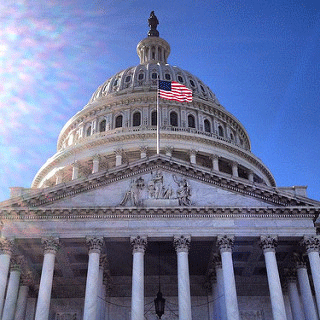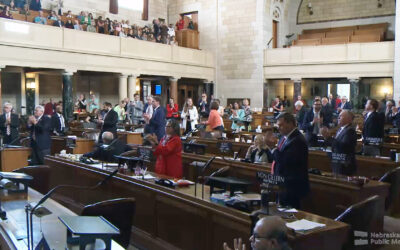 Our nation’s new education law, the Every Student Succeeds Act (ESSA), was signed into law in December 2015. The measure, which replaces the No Child Left Behind Act, seeks to improve opportunities and outcomes for students.
Our nation’s new education law, the Every Student Succeeds Act (ESSA), was signed into law in December 2015. The measure, which replaces the No Child Left Behind Act, seeks to improve opportunities and outcomes for students.
A few key provisions of the law include increased efforts to provide states with the authority to reshape education policy while limiting federal influence. The new law also gives states greater flexibility in setting accountability systems. An example of this is the law’s new approach to testing. It encourages moving away from a sole focus on standardized tests to drive decisions around the quality of schools by allowing multiple measures of student learning and progress to make school accountability decisions. It also includes support for state efforts to audit and streamline their current assessment systems.
Increased Support for Struggling Schools, Students
The law also increases efforts to provide additional support for struggling students and schools. It requires districts to use evidence-based models to support whole-school interventions in the lowest-performing 5 percent of schools and schools where more than a third of high school students do not graduate on time. Additionally, the law includes dedicated funding to support interventions in these schools.
Despite the widespread bipartisan support that the legislation received from Congress, support from the Nebraska delegation was split, with Senator Deb Fischer and Representatives Brad Ashford and Jeff Fortenberry voting in favor, while Senator Ben Sasse and Representative Adrian Smith voted against.
Increased Early Learning Opportunities
Perhaps one of the most important provisions of ESSA is the investment the law provides in increasing access to high-quality preschool and early learning opportunities. For example, the new law permits Title I funding to be used for early childhood education and asks states to describe how they will assist school districts and elementary schools that elect to use Title I funds to support early childhood education programs. Furthermore, districts must plan to increase coordination with early childhood education programs.
The bill states that Title II funds are eligible to be used to train early educators to assist with school readiness, and Title II also includes grant funding to enhance literacy programing in early childhood programs from birth through kindergarten entry. Title III specifies that federal dollars can be used for English language instruction in early childhood programs.
New Preschool Grant Program
ESSA authorizes $250 million annually for a new Preschool Development Grant program that will be administered by the U.S. Department of Health and Human Services, jointly with the U.S. Department of Education. This program will consist of competitive grant funding for early childhood education for low- and moderate-income children. The law defines preschool programs as being for children under age 6. The goals of the program include assisting states to develop, update or implement a strategic plan that facilitates collaboration and coordination among child care and early education programs and to encourage partnerships among child care and early education programs.
The U.S. Department of Education has begun steps to implement ESSA, including a Dear Colleague Letter to states that clarifies initial steps to the transition to the new law. Implementation timelines estimate that ESSA provisions will fully be placed into effect by the 2017-2018 school year.
Photo: Architect of the Capitol


